Did you know that nearly 6% of the global population experiences genuine terror when faced with a tiny spider or buzzing bee? This isn’t just squeamishness – we’re talking about full-blown panic attacks, sweating palms, and racing hearts triggered by creatures that weigh less than a paperclip. The human brain, despite its sophisticated evolution, often treats a harmless ladybug as if it were a charging lion.
What makes this even more fascinating is that insects are literally everywhere around us. From the moment we step outside to the hidden corners of our homes, these creatures outnumber humans by about 200 million to one. Yet somehow, millions of people navigate their daily lives in constant fear of encountering these miniature marvels of nature.
Ancient Wiring Gone Wrong

Our brains are still running on ancient software that once kept our ancestors alive in dangerous environments. Back when humans lived in caves and foraged for survival, being cautious around small, quick-moving creatures could mean the difference between life and death. Some insects and spiders were genuinely dangerous, carrying diseases or delivering venomous bites that could kill.
This evolutionary programming created what scientists call “preparedness” – our brains are literally wired to fear certain stimuli more easily than others. It’s much easier to develop a phobia of snakes or spiders than it is to become terrified of flowers or butterflies. Your great-great-grandmother’s survival instincts are still influencing your reaction to that moth fluttering around your bedroom light.
The problem is that this ancient alarm system hasn’t received a software update. Modern insects pose virtually no threat to humans in developed countries, yet our brains still sound the same emergency sirens that once protected us from genuine dangers.
The Genetics of Fear

Research has revealed that insect phobias often run in families, suggesting a genetic component to these fears. Twin studies show that if one identical twin has an intense fear of insects, the other is significantly more likely to share that phobia. This isn’t just learned behavior – it’s literally encoded in our DNA.
Scientists have identified specific genes that influence anxiety responses and fear conditioning. Some people are born with a more sensitive amygdala, the brain’s fear center, making them more susceptible to developing phobias. Think of it like having a car alarm that’s set too sensitively – it goes off at the slightest vibration, even when there’s no real threat.
However, genetics isn’t destiny. Having the genetic predisposition for insect fear doesn’t guarantee you’ll develop a phobia. Environmental factors, personal experiences, and learned behaviors all play crucial roles in determining whether that genetic potential becomes reality.
When Childhood Encounters Shape Adult Fears
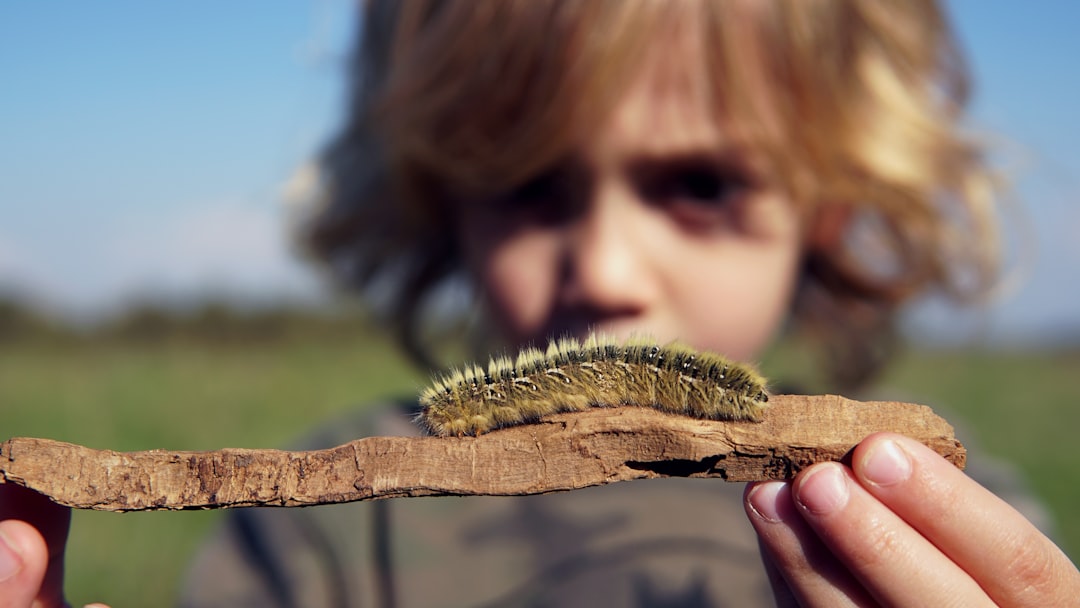
Many insect phobias trace back to a single traumatic childhood experience. Perhaps you were stung by a wasp at age five, or a well-meaning adult screamed and swatted frantically when a spider appeared during a family picnic. These early experiences can create lasting neural pathways that associate insects with danger and panic.
Children’s brains are incredibly plastic and impressionable. A single frightening encounter with an insect can create what psychologists call a “one-trial learning” experience – where the brain immediately categorizes all similar creatures as threats. It’s like your mind creates a permanent “wanted poster” for anything with six legs or too many eyes.
The social aspect of fear learning is equally powerful. Children who watch their parents react with terror to insects often adopt the same fearful responses, even without having their own negative encounters. Fear becomes a family tradition, passed down through generations like a recipe nobody wants to inherit.
The Disgust Factor That Amplifies Fear
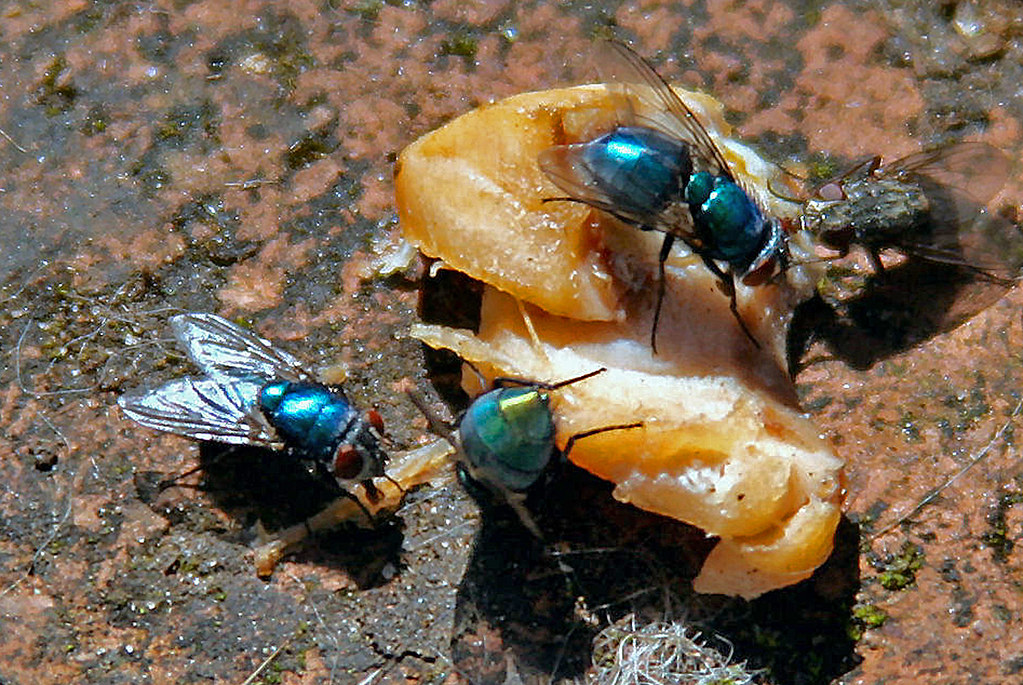
Beyond fear lies another powerful emotion that makes insect phobias particularly intense: disgust. Many people aren’t just afraid of insects – they find them genuinely revolting. This disgust response is deeply rooted in our survival mechanisms, originally designed to keep us away from contaminated food or diseased animals.
Insects trigger what researchers call “core disgust” through their unpredictable movements, alien-like appearance, and association with decay and contamination. The way a cockroach scuttles across the floor or how maggots writhe in garbage activates the same neural circuits that once protected our ancestors from consuming rotten meat.
This combination of fear and disgust creates a particularly potent psychological cocktail. While you might eventually warm up to something you’re afraid of, it’s much harder to overcome something that makes you feel genuinely sick to your stomach. The disgust response is primitive, automatic, and incredibly difficult to reason away.
Media and Cultural Amplification

Popular culture has done insects no favors in the public relations department. From horror movies featuring giant spiders to news stories that sensationalize bee attacks, media often portrays insects as monsters rather than the fascinating creatures they actually are. Every summer brings “killer bee invasion” headlines that make people forget bees are responsible for pollinating one-third of our food supply.
Social media amplifies these fears through viral videos of “dangerous” insect encounters and clickbait articles about exotic species. A single video of someone being chased by a wasp can be viewed millions of times, reinforcing the idea that insects are inherently threatening. Meanwhile, the thousands of peaceful daily interactions between humans and insects go completely unnoticed and unrecorded.
Different cultures also have varying relationships with insects, influencing individual fear responses. Western cultures tend to view insects as pests or threats, while many other cultures celebrate them as food, medicine, or symbols of good fortune. Your cultural background essentially provides the lens through which you interpret insect encounters.
Physical Symptoms That Feel Very Real

When someone with entomophobia encounters an insect, their body launches into full fight-or-flight mode. Heart rate skyrockets, breathing becomes shallow and rapid, and stress hormones flood the system. Sweating, trembling, nausea, and dizziness are common responses to what others might see as a harmless encounter.
These physical symptoms aren’t imaginary or exaggerated – they’re the same responses your body would have to any genuine life-threatening situation. Your nervous system doesn’t distinguish between a charging bear and a buzzing fly when the fear circuits are fully activated. This is why telling someone to “just calm down” around insects is about as helpful as suggesting they stop their heart from beating.
Some people experience such intense physical responses that they develop anticipatory anxiety, becoming afraid of the fear itself. They start avoiding outdoor activities, checking rooms obsessively for insects, or experiencing panic attacks just thinking about potential encounters. The fear of fear creates a vicious cycle that can significantly impact quality of life.
Understanding Your Brain on Insect Alert
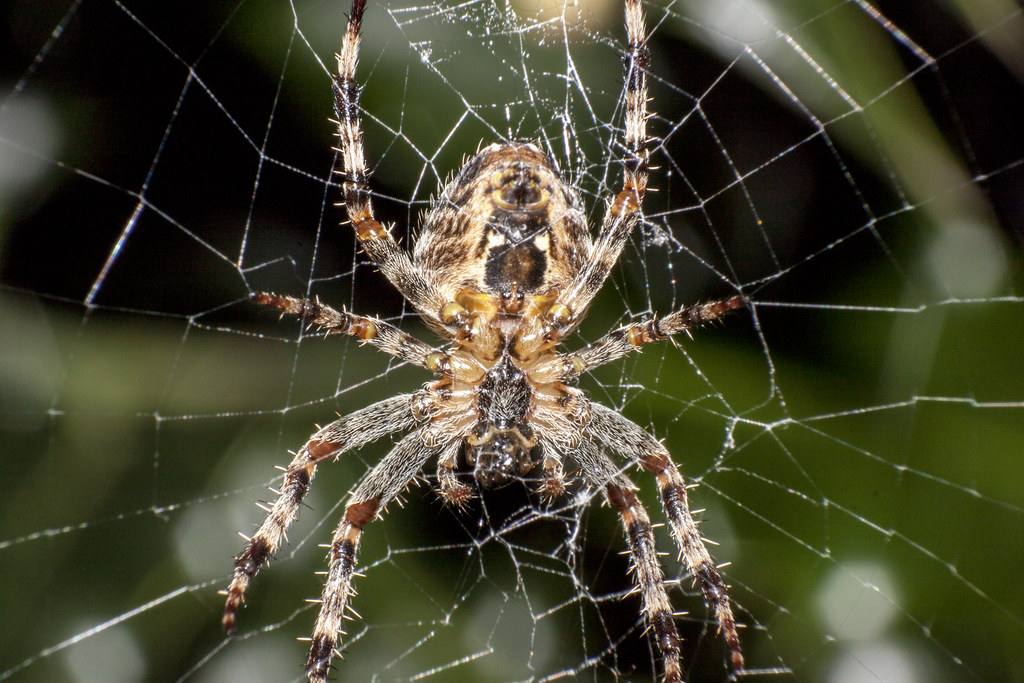
When you spot an insect, your brain processes this information through multiple pathways simultaneously. The visual cortex identifies the creature, while the amygdala immediately assesses threat level. In people with insect phobias, the amygdala essentially hijacks the entire system, flooding it with alarm signals before rational thought can intervene.
This process happens in milliseconds, long before your conscious mind can evaluate whether the insect is actually dangerous. It’s like having an overzealous security guard who tackles everyone entering a building before checking if they’re invited guests. Your prefrontal cortex, responsible for logical reasoning, gets overwhelmed by the emotional response and struggles to regain control.
Neuroimaging studies show that people with insect phobias have heightened activity in fear-processing regions when viewing insect images, even when they’re trying to remain calm. Their brains literally light up differently, processing these stimuli as immediate threats rather than neutral or potentially positive encounters.
The Power of Gradual Exposure
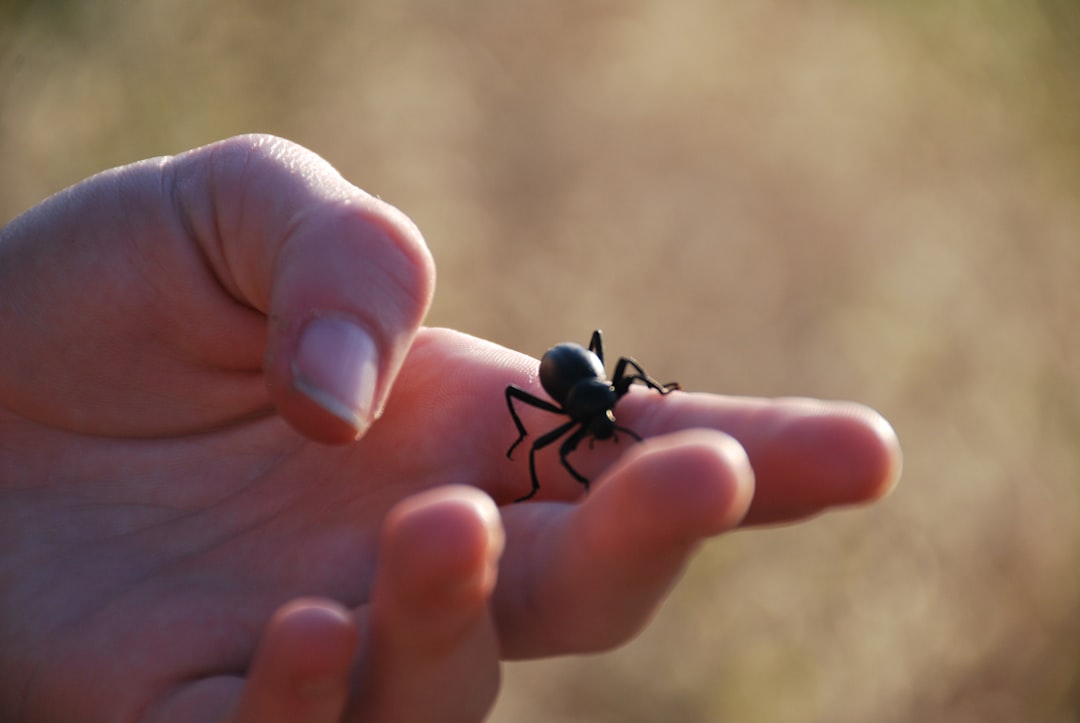
The most effective treatment for insect phobias involves systematically and gradually exposing yourself to the feared creatures in a controlled, safe environment. This process, called systematic desensitization, works by slowly retraining your brain’s automatic fear responses. Think of it as updating that ancient software we discussed earlier.
Exposure therapy typically starts with the least threatening scenarios and gradually progresses toward more challenging encounters. You might begin by looking at cartoon drawings of insects, then progress to photographs, videos, and eventually real insects at a comfortable distance. Each step allows your nervous system to learn that these creatures aren’t actually dangerous.
The key is moving at your own pace and never rushing the process. Forcing yourself into overwhelming situations can actually strengthen the fear response rather than reducing it. Like building muscle through exercise, overcoming phobias requires consistent, progressive challenges that gradually expand your comfort zone without triggering complete panic.
Relaxation Techniques That Actually Work

Learning to manage your body’s physical fear response is crucial for overcoming insect phobias. Deep breathing exercises can help activate your parasympathetic nervous system, essentially telling your body to stand down from high alert. The 4-7-8 breathing technique – inhaling for 4 counts, holding for 7, and exhaling for 8 – is particularly effective for interrupting panic responses.
Progressive muscle relaxation involves systematically tensing and releasing different muscle groups, helping you recognize the difference between physical tension and relaxation. When you encounter an insect, you can quickly scan your body and consciously release any tension you’re holding. This prevents the physical symptoms of fear from escalating into full panic.
Mindfulness meditation teaches you to observe your thoughts and feelings without being overwhelmed by them. Instead of fighting the fear when you see an insect, you learn to acknowledge it as a temporary sensation that will pass. This creates psychological space between you and your fear response, allowing rational thought to gradually regain control.
Cognitive Restructuring for Lasting Change
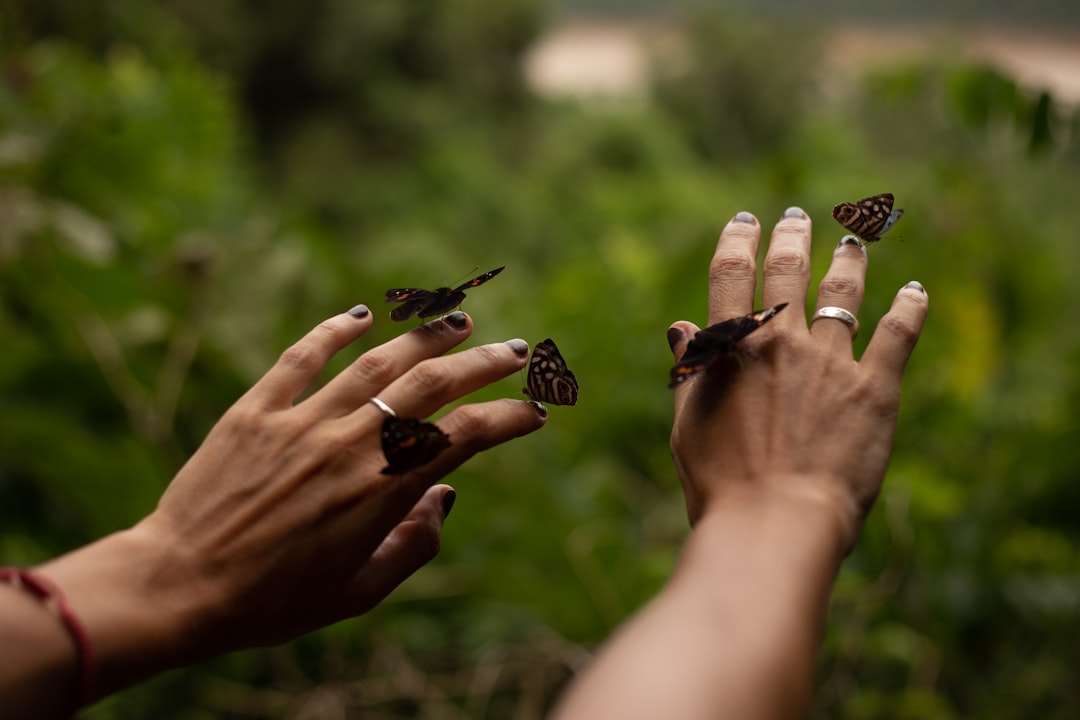
Your thoughts about insects play a huge role in maintaining or reducing your fear responses. Cognitive restructuring involves identifying and challenging the irrational beliefs that fuel your phobia. Common distorted thoughts include “all insects are dangerous,” “insects will attack me,” or “I can’t handle being near insects.”
Replacing these thoughts with more realistic assessments can significantly reduce fear intensity. For example, learning that most insects are actually more afraid of you than you are of them, or that the vast majority of species are completely harmless to humans. Facts become powerful tools for dismantling fear-based thinking patterns.
Keeping a thought record during insect encounters helps you identify your specific fear patterns and practice more balanced thinking. When you notice catastrophic thoughts arising, you can challenge them with evidence-based alternatives. This process takes time and repetition, but gradually reshapes your automatic mental responses to insect encounters.
The Fascinating World You’re Missing

Overcoming insect fear opens up an entire universe of natural wonder that many people never experience. Insects are responsible for some of the most incredible phenomena in nature – from the precise mathematical patterns of honeycomb construction to the epic multi-generational migration of monarch butterflies. These creatures possess abilities that seem almost supernatural to human understanding.
Consider the architectural genius of termites, who build towering structures with complex ventilation systems that maintain perfect temperature and humidity. Or the navigation skills of desert ants, who can find their way home across featureless terrain using polarized light patterns invisible to human eyes. Each insect species represents millions of years of evolutionary innovation and adaptation.
By moving beyond fear, you gain access to endless opportunities for discovery and wonder. Garden observations become fascinating scientific expeditions. Nature photography opens up macro worlds of incredible beauty. Even simple outdoor activities become richer when you’re not constantly worried about six-legged encounters.
Professional Help When You Need It

Sometimes insect phobias are so severe that they significantly interfere with daily life, work, or relationships. If your fear prevents you from enjoying outdoor activities, causes panic attacks, or requires extensive avoidance behaviors, professional treatment can be incredibly helpful. Therapists specializing in anxiety disorders have specialized tools and techniques for addressing specific phobias.
Cognitive behavioral therapy (CBT) combines exposure therapy with cognitive restructuring in a structured, supportive environment. Some therapists use virtual reality exposure, allowing you to practice with computer-generated insects before encountering real ones. Others might incorporate EMDR (Eye Movement Desensitization and Reprocessing) to address traumatic memories associated with insects.
In some cases, anti-anxiety medications can provide temporary support during the exposure therapy process, making it easier to engage with treatment without being overwhelmed by panic. However, medication alone rarely provides lasting relief from specific phobias – the most effective approaches combine medication support with behavioral interventions.
Building Your Support Network

Overcoming insect fear is easier when you have understanding friends or family members who can support your progress without enabling avoidance behaviors. This might mean asking someone to calmly remove insects from your living space while you’re learning to manage your responses, rather than dramatically swatting and screaming alongside you.
Online communities and support groups connect you with others who understand the reality of living with insect phobias. Sharing experiences, progress, and setbacks with people who truly understand can provide motivation and practical advice. Sometimes knowing you’re not alone in this struggle makes a significant difference in your willingness to work toward change.
Consider enlisting a “fear buddy” – someone who can practice exposure exercises with you and provide encouragement during challenging moments. Having a calm, supportive presence during insect encounters can help your nervous system learn that these situations are safe, gradually reducing the intensity of your fear responses.
Transforming Fear into Fascination
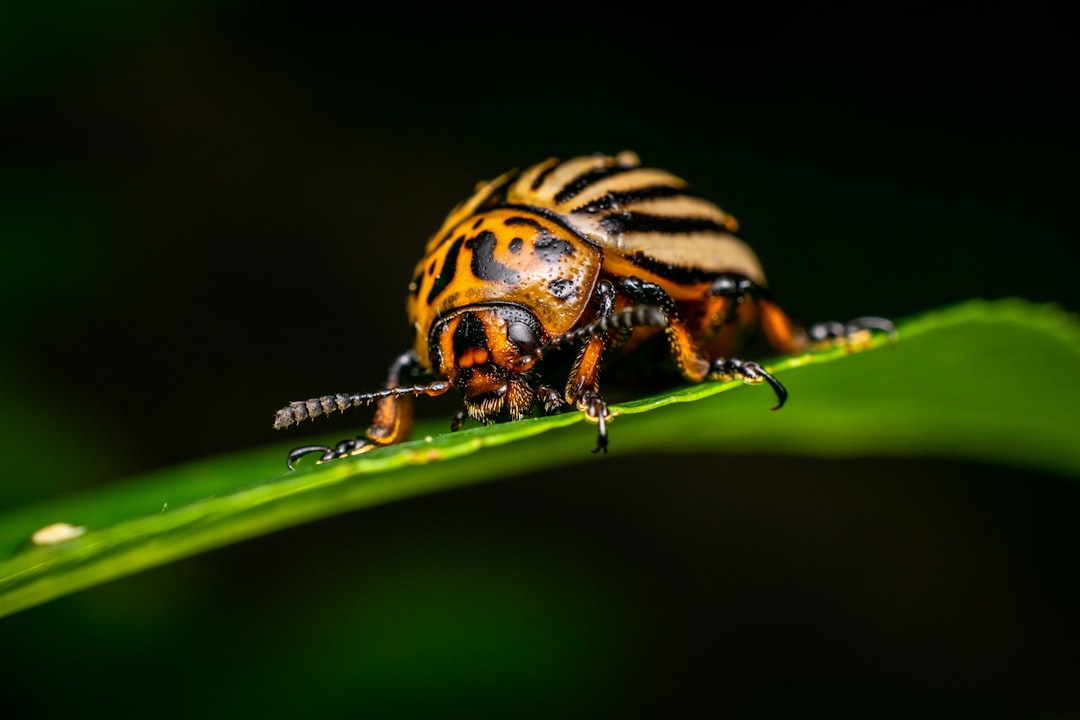
The ultimate goal isn’t necessarily to love insects, but to reach a place where they no longer control your choices or trigger overwhelming distress. Many people find that as their fear decreases, genuine curiosity begins to emerge. What once seemed terrifying starts to become interesting, and terror transforms into tolerance or even appreciation.
This transformation often happens gradually and unexpectedly. You might find yourself pausing to watch a butterfly instead of immediately fleeing, or feeling proud when you calmly escort a spider outside rather than calling for help. These small victories build confidence and momentum for continued progress.
Some people discover that conquering their insect fear becomes a gateway to overcoming other anxieties and phobias. The skills you develop – exposure therapy, relaxation techniques, cognitive restructuring – transfer to other areas of life where fear has been limiting your experiences. What starts as insect-specific treatment often becomes general anxiety management and personal growth.
Conclusion: Your Journey Forward
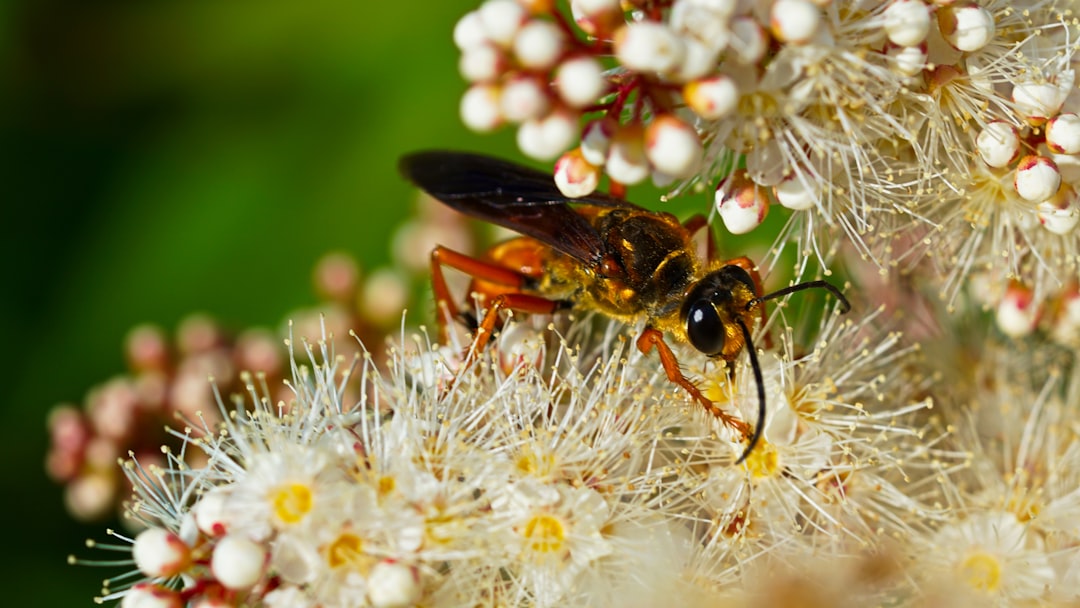
Overcoming insect fear is a deeply personal journey that unfolds differently for everyone. Some people make rapid progress with self-directed exposure, while others need professional support and months of gradual work. Both paths are valid, and the timeline matters less than the willingness to begin.
The most important step is acknowledging that your fear, while understandable and common, doesn’t have to define your relationship with the natural world. Millions of people have successfully reduced or eliminated their insect phobias using the techniques we’ve discussed. Your brain’s capacity for learning and adaptation means change is always possible, regardless of how long you’ve struggled with these fears.
Every small step toward tolerance represents a victory over ancient programming that no longer serves your modern life. Whether your goal is simply reducing panic responses or developing genuine appreciation for insect diversity, the journey toward freedom from fear is worth taking. After all, wouldn’t you rather spend your energy marveling at nature’s incredible diversity than running from it?

